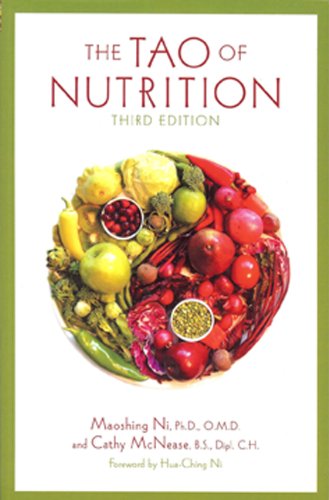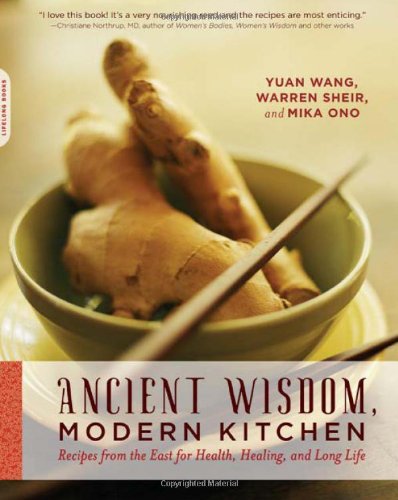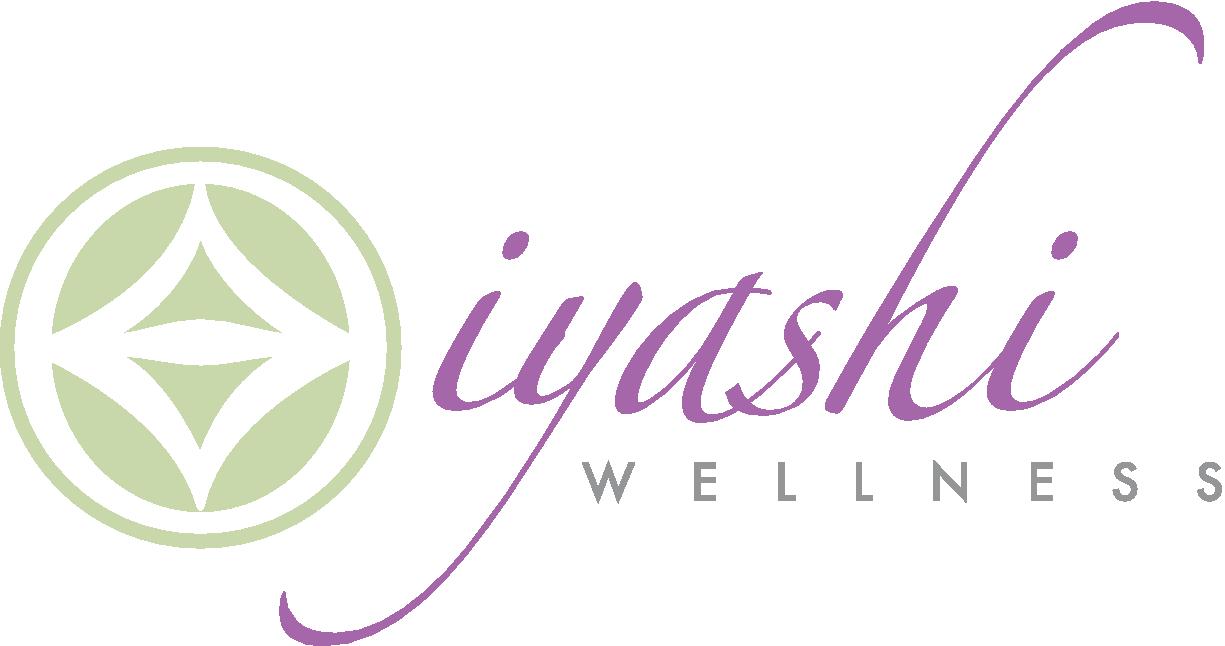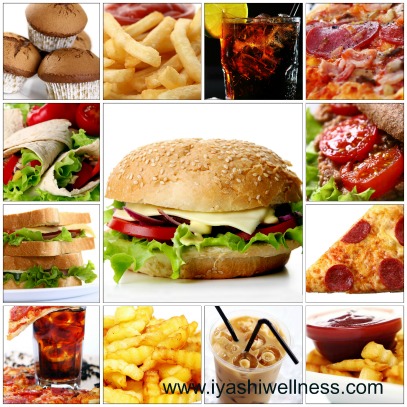As part of my Patient and Public Education effort, I started an 8-Part Series in Healthy, Happy Eating that individuals and the whole family can enjoy. I believe in the power of education and that even the smallest changes an individual makes, or a caregiver makes for his/her family, towards a healthier living, reverberates not just in their own health, but the family’s health and in the community they live in. My hope is that I can contribute somehow to the positive, life-affirming, and health-promoting changes that individuals and families can make so that we can cause a seismic shift in the future and health of our children and the generations to come. (Here is my other Patient and Public Education effort, the 12-part Leaky Gut series.)
Part 1 is about the Standard American Diet and how we can shift away from this manufacturer-driven, obesity-causing, unnatural commercial diet to one of natural, life-promoting, seasonal, and environmentally friendly diet. Part 2: THE YIN AND YANG OF SEASONAL EATING. Part 3: HOW TO INCREASE YOUR CHILD’S IQ AND ATTENTION SPAN WITH NUTRITION. Part 4: HOW TO GO GLUTEN FREE AND DAIRY FREE AND HAVE YOUR PIZZA AND ICE CREAM, TOO! Part 5: 4 TIPS ON HOW TO GET A “PICKY EATER” TO EAT. Part 6: THE CALCIUM MYTH: IT’S NOT WHAT YOU THINK Part 7: WHY RAW FOODS FOR CHILDREN IS NOT THE BEST IDEA. Part 8: WHY ASIAN MEDICINE ROCKS FOR CHILDREN!
Happy reading.
EVERYTHING YOU EVER WANTED TO KNOW ABOUT THE STANDARD AMERICAN DIET, BUT WERE AFRAID TO ASK…
Oftentimes, in the health-related media and among wellness practitioners, a common reference is made – usually in a pejorative sense – to the Standard American Diet (SAD). But it seems that practically no one takes the time to explain what that actually is. Perhaps some people think of the Standard American Diet as eating at McDonald’s and Taco Bell all day, and then having Dairy Queen for dessert. Others might conjure up images of microwaveable dinners, sugary breakfast cereals, and Diet Coke. In today’s blog post, I’d like to explain what exactly the Standard American Diet is, why SAD is such a fitting acronym, and how to go from SAD to healthy, happy, and thriving.
WHAT EXACTLY IS A SAD DIET?
First things first. How can we say anything about the SAD diet without clearly defining it first? Those who follow a SAD diet probably try to adhere to the USDA food pyramid, which recently became a food circle. The general idea is to avoid eating too much fat – especially artery-clogging saturated fat – and get most of our calories from “whole grains.” We’re also told to drink plenty of pasteurized milk to prevent osteoporosis, and to make sure our children drink plenty of milk so their bones can grow. Some of the decent recommendations are to eat plenty of fruits and vegetables, and get some protein from meat, eggs, and fish. However, no emphasis is made concerning the quality of our fruit, veggies, and meat.
The typical adherent to the Standard American Diet may skip breakfast and opt for a Slim-Fast shake instead (after all, it’s low-fat and high in calcium and added vitamins). She may feed her child breakfast cereal with milk, and a glass of orange juice to wash it all down. For lunch, she eats a low-fat turkey sandwich with Kraft cheese and fat-free Miracle Whip on wheat bread. She packs a peanut butter and jelly sandwich and potato chips for her child, who also receives a pint of chocolate milk from the school cafeteria. For dinner, she cooks Stovetop stuffing, grilled chicken breast, and broccoli with Velveeta cheese melted on top. In her efforts to provide healthy snacks to her children, she has her kitchen stocked with Goldfish crackers (for whole grain goodness), mozzarella cheese sticks (made from processed, conventional dairy), fruit juice that comes in fun-size boxes with straws, low-fat cookies, fat-free candies, tortilla chips with cheese dip, sliced apples, fat-free lunchmeat, and grapes.
WHAT’S SO SAD ABOUT THAT?
The first sad thing about that diet is that the person adhering to it and feeding it to her children probably thinks she’s making reasonably smart choices. But when you examine how many fruits and vegetables she’s preparing for herself and her children in a typical day, there’s only one serving of fruit at breakfast (juice) and one vegetable at dinner (broccoli). The next problem is that there’s an over-reliance on heavily processed foods, including the cereal, Slim-Fast, processed cheese, artery-clogging fat-free mayonnaise, store-bought wheat bread laden with thyroid-damaging dough conditioners, and sugary snacks. The third major issue here is the disregard for the quality of the food. Was the broccoli sprayed with pesticides? Were the dairy cows injected with growth hormones to make them grow big and fat rapidly and produce more milk than is normal? Was the chicken grown in a cage and fed an unnatural diet of corn, soy, and antibiotics all its life? These are all factors that can affect the nutritional value – as well as the toxic load – of a food. If a food is low in nutrition and high in toxins, the child who eats it will grow up with poor nutritional status and a high toxic load. This leads to minor health problems in the short-term (ear infections, frequent colds, attention and learning disorders, dental caries, etc.) and major health problems in the long-term (overweight/obesity, diabetes, endocrine problems, future infertility).
Obviously you don’t want that for yourself, your spouse, or your kids! Next, let’s discuss how you can make the transition from SAD to a TCM healing diet.
HOW TO TRANSITION FROM A SAD DIET TO A REAL FOOD DIET WITH TCM PRINCIPLES
According to the centuries-old wisdom of Traditional Chinese Medicine, dairy and sugar are causes of dampness and phlegm in the body. This can manifest as nasal stuffiness, brain fog, weight gain, bloating, diarrhea, constipation, and fatigue, among other things. Unfortunately, many well-intentioned parents feed their children phlegm-producing foods: Goldfish crackers, processed cheese sticks, fruit juice, cookies, candies, soda, etc. If a healing diet excludes these foods, then what is left for you to feed your children? (For more information on the dangers of eating commercial sandwich bread, see this research study: http://www.ncbi.nlm.nih.gov/pmc/articles/PMC1567851/.)
There are an endless number of possibilities! Instead of making sugar-laden Jello from a box, for example, you could make homemade gelatin snacks with homemade juice and gelatin from grass-fed cows. I like this gelatin. According to Chinese Medicine as well as modern science, gelatin prevents anemia, nosebleeds, and excessive bleeding, plus it contains amino acids that help the body get rid of stored toxins.
Instead of serving breakfast cereal and pasteurized milk for breakfast, you could make an omelette with pasture-raised eggs from a local farmer, locally-grown veggies, and healthy locally-raised bacon or sausage. For something sweet, serve baked apple slices sweetened with cinnamon and raw honey (raw honey should be consumed only by babies 12 months and older). This kind of breakfast should keep your child feeling focused, energized, and satiated until lunchtime.
At lunch, serve up some steamed veggies, grass-fed meat, and some cooked quinoa or rice. Use real butter from grass-fed cows, coconut oil, avocado oil, or olive oil as your fat, and avoid any oils that are partially hydrogenated or made from corn, soy, or canola. (We’ll cover how to get picky eaters to eat their veggies in a later blog post, but for now, let’s just say it’s all in the presentation. If you can make a food FUN to eat, by making it into fun shapes and serving it in fun little bento boxes, your life becomes a lot easier.)
Finally, for dinner, emphasize more veggies (even leafy greens like kale and collards), a healthy protein source from a pasture-raised animal, a healthy fat such as lard or avocado oil, and perhaps a piece of fruit or an ounce of chocolate for dessert. If you choose to serve bread or another form of grains with your meal, start with soaking your grains overnight and allowing them to ferment slightly before cooking them. This increases the nutritional value of the grain and reduces any anti-nutrients that can cause harm to your digestive system and immune system over the long-term.
SOME HEALTHY COOKBOOKS TO GET YOU STARTED INCLUDE:

Super Nutrition for Babies: The Right Way to Feed Your Baby for Optimal HealthBy Katherine Erlich, Kelly Genzlinger

Tao of Nutrition By Maoshing Ni and Cathy McNease

Ancient Wisdom, Modern Kitchen: Recipes from the East for Health, Healing, and Long Life By Yuan Wang, Warren Sheir, Mika Ono
Though not a cookbook, a wonderful book to help you on your journey towards healthy eating and the decisions we can make towards eating is the book below by Michael Pollan.

In Defense of Food: An Eater’s Manifesto By Michael Pollan
An eye-opening book on how the world eats, 24 different countries at a time is Peter Menzel’s Hungry Planet: What the World Eats. A fascinating book filled with photographs to help us gauge our place in the eating cultures of the world. See his photos of the different families and their foods.
MAY THIS BE THE BEGINNING – OR THE CONTINUUM – TO YOUR JOURNEY IN HAPPY & HEALTHY EATING!

